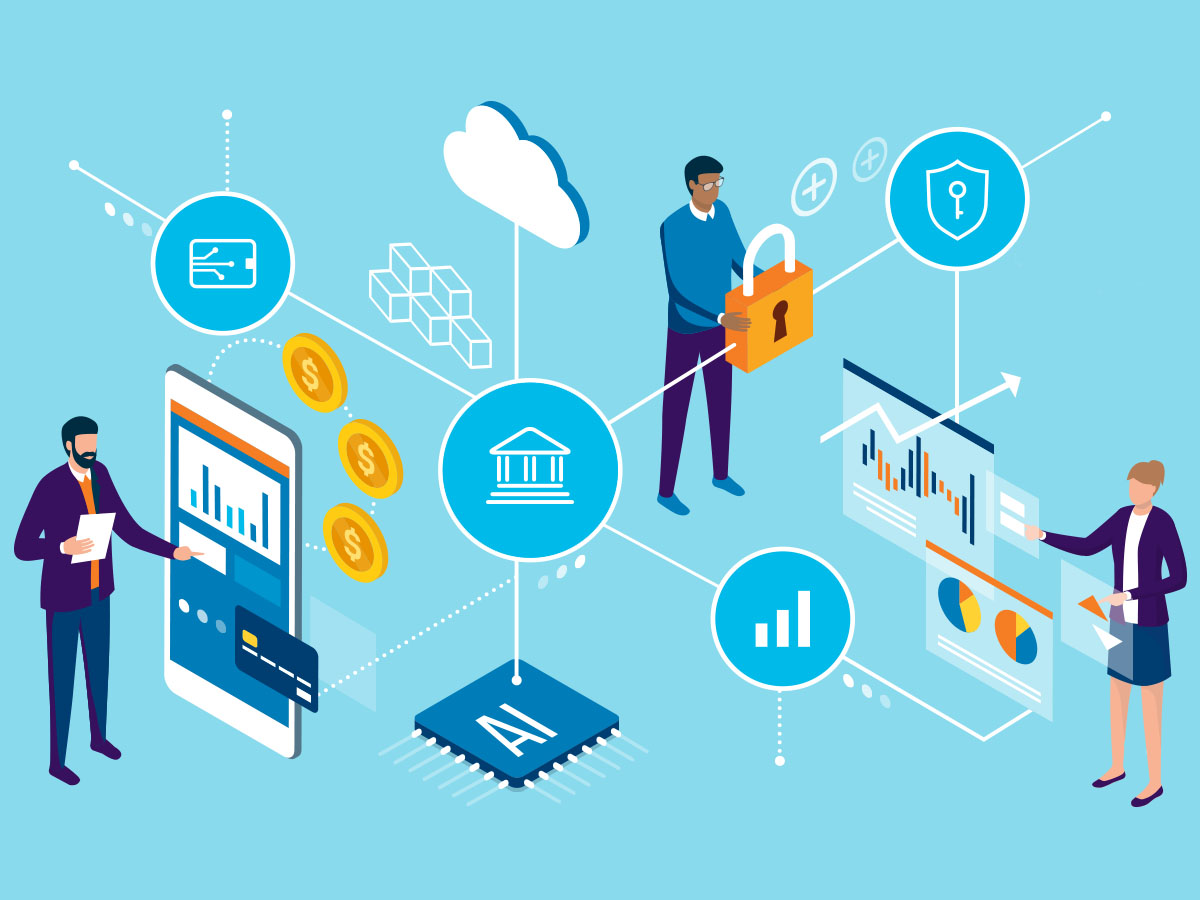By Ross Hook, Regional Sales Manager, Q2 Sydney Office
Financial institutions (FIs) don’t always have the best record for the uptake of digital processes and solutions. It isn’t because they aren’t used to change; banks are particularly familiar with lengthy change programmes. It’s more often because they fear the impact of digital and the change it brings. But lockdowns across the globe have more or less both convinced and forced banks to augment their digital offering to customers. And back office digital processes are looking more appealing too, since they handle volume better, don’t require as much human interaction, and tend to be much more accurate and speedy. So, how can FIs make the switch to digital minus the disruption?
Why digital?
Where previously, FIs might have thought about this question long and hard, COVID-19 has answered it for them. In many cases, account holder interactions need to be entirely digital. It follows that the systems and processes that sit behind these interactions need to be structured digitally, too.
FIs can tackle ‘quick win’ areas first. The direction of travel is already pointed towards technology that serves multiple purposes for customers, so start there. Customers don’t want to bounce between systems to complete loan applications or other tasks. Technology that integrates processes like collecting onboarding information, confirming identity, generating a complete view of a customer’s finances, and signing legal documents can all be built to run automatically at the back end – quickly, elegantly and seamlessly for the customer. Banks can also target areas of considerable friction, where human touch in transactions is high, and innovate there. Those are likely to make excellent showcases for the success of digital enablement.
Strategies that work
Ultimately, digital change needs to be a fully transformative process to work for FIs, but the entire scope of change doesn’t have to happen all at once. FIs can test change in key areas, bring employees and customers on board, and then increase the pace of change. In doing so, FIs can not only move at a pace that makes sense for the organisation, they can track what works and what doesn’t, honing the approach for the next step in the change process.
Truly understanding the benefits of digital change is an essential element in creating the change in an FI. The next edition of this blog will discuss an equally important aspect of digital change – achieving buy-in from the organisation.





